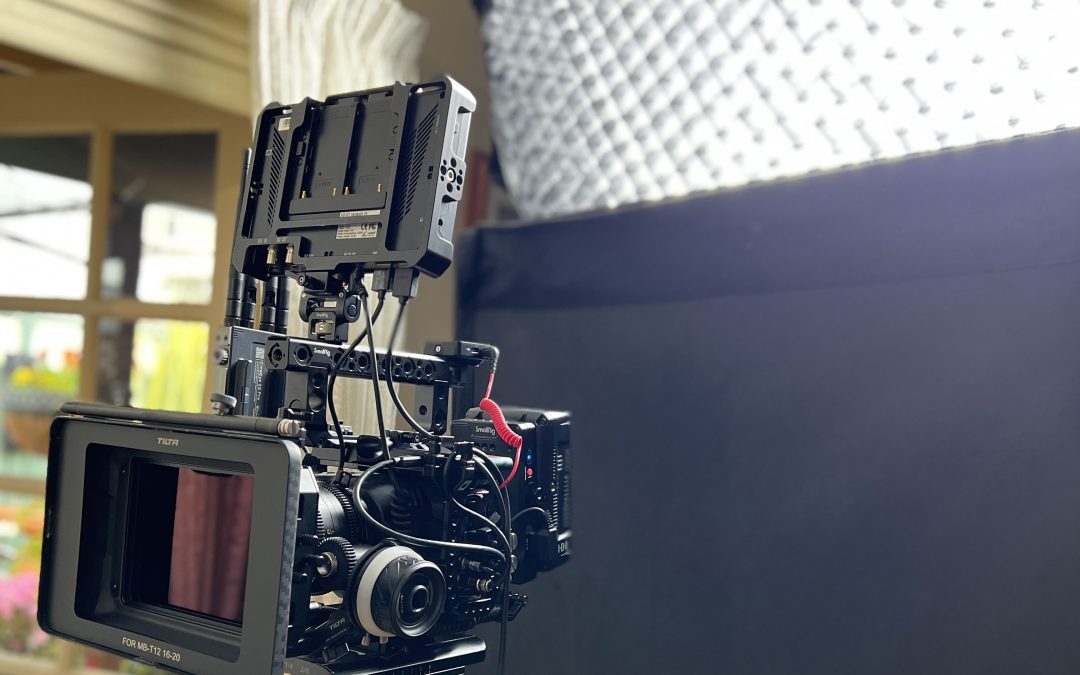Filming with LED Lighting has become increasingly more popular in the industry in the past 6 years and here at Ottico Lab, we’re no stranger to the concept. In fact we were early adopters of LED lighting back when LED panels were new on the scene. These panels were excellent for portability and ease of use but the early designs did not suit all filming situations.
The first LED lighting designs were limited in that the maximum power output was not very high and the light type was very hard and stark light. Film and content creators want the ability to introduce and control a lot of light, as well as use light in a multitude of different ways. This is why tungsten lighting was an industry choice for so long. Tungsten lighting could be magnified, diffused, cut, bounced, flooded, used in Fresnel, in spotlight’s and matched well to practical lights.
Well now there is no gap, LED lighting can be used in all of these situations.
Before we launch into technical detail, I’d first like to discuss why as a brand or as a client would lighting matter. You want your content to look great, right? You want your product to look excellent, the colours to be accurate, skin tones of people to be natural, your space to look it’s best. Well to deliver on all these criteria and elevate a production; lighting is absolutely paramount.
There are huge advantages to using LED lighting! The first being the size and power draw LED lighting in most cases can be battery operated; using far less power than tungsten lighting. This opens opportunity to use them on smaller stands and avoid running leads or generators.
Operating temperature. Tungsten lighting runs hot, heating up spaces and requiring long cooldown times. As well as the challenges if a globe goes mid-shoot. LED lights can be quickly setup by just one team member and can be packed down immediately – optimising everyone’s time.
Colour Temperature. Many LED fixtures have the ability to change the colour temperature from daylight to incandescent looks at the flick of a switch. That means gone are the days of gels (mostly). This is brilliant for content creators because we can easily adapt to an existing space or lighting setup, or we can adjust the lighting quickly for the desired mood or look.
CRI. Colour Rendering Index is the measurement of the ability of a light to reveal colour. The range is measured between 0 and 100, and the higher the CRI score; the more accurate colours are represented under the light source. Poor quality lights will not get a good CRI and therefore the colour and accuracy of image filmed under it will be poor, so a good CRI is a must.
Ottico Lab specifically use Aputure Lighting for good reason. Aputure lights are professional LED film lighting tools and this brand are leaders/disrupters in the industry. They come in all form factors – allowing so many creative lighting options. They offer wide colour temperature ranges from 2700K to 10000K. Aputure boasts extremely high CRI scores with most fixtures measuring a CRI of 96.
Aputure offer a massive range of shapers, modifiers and accessories to best control the light. Whether we’re softening light for perfect skin tones or blasting a sharp point source of light at a product – there are so many great tools in the kit to achieve this.
So next time you see us setup a light on your set that has an Aputure logo, you can rest assured that your shots will look their best and you’ll know exactly why we’ve chosen to use those lights in our kit.

